We Provide Best Standard Products
Food grade plastic pertains to a specific category of plastic that is considered safe for direct contact with food. It is specifically designed and manufactured to meet certain regulatory standards to ensure that it does not leach harmful chemicals into food or alter its taste or quality.
Food grade plastics are commonly used in various food and beverage packaging applications, such as containers, bottles, trays, films, and wraps. They provide a barrier to protect the food from contamination, extend its shelf life, and maintain its freshness.
The most common types of food grade plastics include:
Polyethylene Terephthalate (PET or PETE): This plastic is commonly used for water bottles, soda bottles, and food containers like salad dressing or peanut butter jars.
High-Density Polyethylene (HDPE): HDPE is used for milk jugs, juice bottles, yogurt containers, and other rigid food packaging.
Polypropylene (PP): PP is often used for microwaveable containers, yogurt cups, and certain types of food packaging films.
Low-Density Polyethylene (LDPE): LDPE is commonly used for food storage bags, plastic wraps, and squeezable bottles.
Polycarbonate (PC): PC is used in some reusable water bottles and baby bottles, although there have been concerns about its potential leaching of a chemical called bisphenol A (BPA).
It’s important to note that not all plastics are food grade, and using non-food grade plastics to store or package food can pose health risks. When purchasing plastic products for food contact, look for labels or symbols that indicate they are food grade and meet regulatory standards set by organizations like the U.S. Food-grade plastic is a specific type of plastic that undergoes rigorous safety assessments by either the United States Food and Drug Administration (FDA) or the European Food Safety Authority (EFSA) in Europe, ensuring its suitability for contact with food.
Additionally, it is recommended to follow proper usage guidelines, such as avoiding microwave or high-temperature applications for plastic containers not explicitly designed for it, as heat can potentially cause chemicals to leach into the food.
The term “ISI” stands for the Indian Standards Institute, which was formerly responsible for the formulation and implementation of standards in India. However, in 1986, the Indian Standards Institute was replaced by the Bureau of Indian Standards (BIS). Therefore, it would be more appropriate to refer to BIS standards for plastic materials in India.
The BIS has established various standards for different types of plastic materials used in different applications. Some commonly recognized BIS standards for plastic materials in India include:
BIS IS 10146: This standard specifies the requirements for high-density polyethylene (HDPE) pipes for potable water supply.
BIS IS 10151: This standard outlines the specifications for unplasticized polyvinyl chloride (uPVC) pipes for soil and waste discharge systems in buildings.
BIS IS 7328: This standard sets the requirements for polyethylene (PE) pipes for irrigation purposes.
BIS IS 4985: This standard specifies the specifications for PVC pipes for potable water supply.
BIS IS 12786: This standard outlines the requirements for polyethylene terephthalate (PET) bottles used for packaging of beverages.
BIS IS 10146: This standard specifies the requirements for HDPE woven sacks used for packaging of various commodities.
These are just a few examples of BIS standards for plastic materials in India. The BIS continues to update and introduce new standards to ensure the quality, safety, and performance of plastic materials used in different industries.
When sourcing plastic materials in India, it is advisable to check whether the product complies with the relevant BIS standards to ensure its quality and suitability for the intended application.
In the context of pipes, pre-test and post-test are two terms used to describe different stages of testing or inspection conducted on pipes before and after installation. These tests help ensure the quality, performance, and integrity of the pipes. Let’s discuss each test in more detail:
Pre-Test:
A pre-test refers to the testing or inspection of pipes before they are installed. This step is crucial to identify any potential defects or issues that might affect the performance or durability of the pipes once they are put into service. Pre-tests are typically carried out by the manufacturer or supplier and may include the following:
Visual Inspection: This involves visually examining the pipes for any visible defects such as cracks, deformations, or irregularities in shape or surface.
Dimensional Checks: Verifying the dimensions and specifications of the pipes to ensure they meet the required standards.
Pressure Testing: Subjecting the pipes to a hydraulic pressure test to assess their ability to withstand pressure without leaking or bursting. This is usually done by pressurizing the pipes with water or air and monitoring for any pressure drops or leaks.
Post-Test:
Post-testing is conducted after the pipes have been installed to verify their performance and integrity in the actual operating conditions. These tests are typically performed by the installer or a third-party inspector and may include:
Leakage Test: Checking the pipes for any leaks by pressurizing them with water or air and observing for any signs of leakage.
Flow Test: Measuring the flow rate and pressure of fluid passing through the pipes to ensure they meet the required specifications.
Visual Inspection: Examining the installed pipes for any signs of damage, improper connections, or other issues that may have occurred during installation.
Non-Destructive Testing (NDT): Employing methods such as ultrasonic testing, radiography, or magnetic particle inspection to detect any hidden defects or weaknesses in the pipes without causing damage.
Both pre-tests and post-tests are essential to ensure the quality, reliability, and performance of pipes in various applications, including water supply, gas distribution, plumbing, and industrial processes. These tests help identify any potential issues before or after installation, allowing for appropriate corrective measures to be taken to ensure the proper functioning of the piping system.
The size of pipes refers to their dimensions, typically expressed in terms of diameter or nominal pipe size (NPS). Flexible pipes, also known as flexible tubing or hoses, can come in a variety of sizes to accommodate different applications and requirements. The flexible nature of these pipes allows for easy bending and installation in various spaces. Here are some key points regarding the flexible size of pipes:
Diameter: Flexible pipes are available in a range of diameters to suit different fluid or gas flow requirements. The diameter of a flexible pipe is typically measured internally, indicating the inner space available for fluid or gas to pass through. Common flexible pipe diameters can range from small sizes, such as 1/8 inch or 3 mm, up to larger sizes, such as several inches or centimeters.
Nominal Pipe Size (NPS): For larger flexible pipes, the nominal pipe size (NPS) system is often used. NPS is a North American standard that provides a consistent designation for pipe sizes, regardless of the specific material or construction. NPS is based on the approximate internal diameter of the pipe, and it is expressed as a numerical value (e.g., NPS 1/2, NPS 1, NPS 2). The actual outside diameter (OD) of the pipe may vary depending on the material and construction.
Flexibility and Expandability: Flexible pipes are designed to be pliable and adaptable, allowing for easy installation in tight or irregular spaces. They can bend and flex to accommodate changes in direction or obstacles along the path. Some types of flexible pipes also have expandable characteristics, meaning they can elongate or retract to adjust their length as needed.
Application-Specific Sizes: The size requirements of flexible pipes can vary based on the intended application. For example, in plumbing systems, smaller diameters may be used for water supply lines or drainage pipes, while larger diameters might be necessary for main water lines or sewer pipes. In industrial applications, the size of flexible pipes may depend on factors such as the flow rate, pressure, and specific industry standards.
Customer trust in pipes refers to the confidence and reliance that customers have in the quality, reliability, and safety of pipes they purchase or use for various applications. Trust is a critical factor when it comes to selecting pipes because customers want to ensure that the pipes will perform as expected and meet their specific needs. Here are some key factors that contribute to customer trust in pipes:
Quality Standards and Certifications: Customers place trust in pipes that meet recognized quality standards and certifications. For example, pipes that comply with international standards like ISO (International Organization for Standardization) or national standards such as ASTM (American Society for Testing and Materials) are more likely to be trusted by customers. Compliance with standards assures customers that the pipes have undergone rigorous testing and meet the necessary requirements for performance and safety.
Manufacturer Reputation and Track Record: The reputation and track record of the manufacturer play a significant role in establishing customer trust. Manufacturers with a history of producing high-quality pipes and a positive reputation for reliability and customer satisfaction are more likely to be trusted. Positive reviews and recommendations from other customers also contribute to building trust.
Compliance with Regulatory Requirements: Customers trust pipes that comply with relevant regulatory requirements and industry guidelines. Compliance with regulations related to safety, environmental impact, and health ensures that the pipes have undergone necessary testing and meet the necessary criteria for usage.
Product Guarantees and Warranties: Offering product guarantees and warranties is another way to build trust with customers. When a manufacturer stands behind their product and provides assurances that the pipes will perform as expected, customers feel more confident in their purchase. Clear and transparent warranty terms and conditions contribute to customer trust.
Transparency in Communication: Transparent communication from the manufacturer or seller is vital in building trust. Customers appreciate clear and accurate information about the pipes, including their specifications, performance characteristics, materials used, and any limitations or precautions associated with their usage. Timely and responsive customer support further enhances trust by addressing any concerns or queries.
Independent Testing and Certification: Pipes that have undergone independent testing and certification by reputable third-party organizations can enhance customer trust. Independent testing validates the claims made by the manufacturer and provides customers with an added level of assurance regarding the quality and performance of the pipes.
Longevity and Durability: Pipes that have a proven track record of longevity and durability instill trust in customers. When pipes have been in use for an extended period without significant issues or failures, customers feel confident in their reliability and are more likely to trust them.
Building and maintaining customer trust in pipes is essential for manufacturers and sellers. By consistently delivering high-quality products, adhering to standards, providing transparent information, and offering reliable customer support, trust can be established and nurtured, resulting in satisfied and loyal customers.
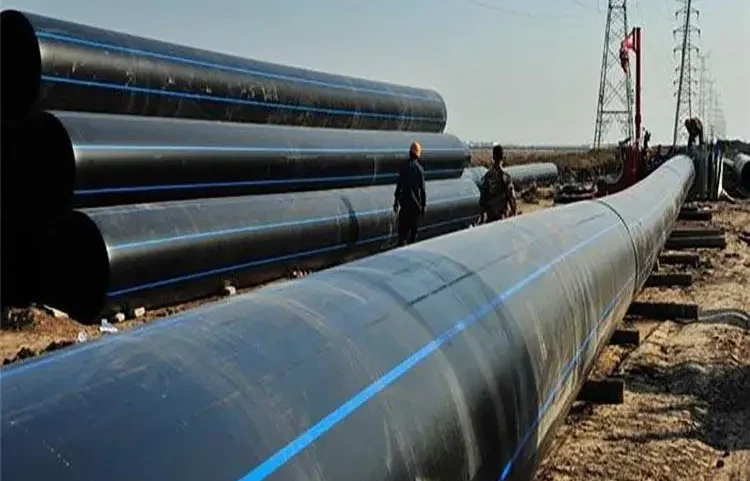
Water Supply
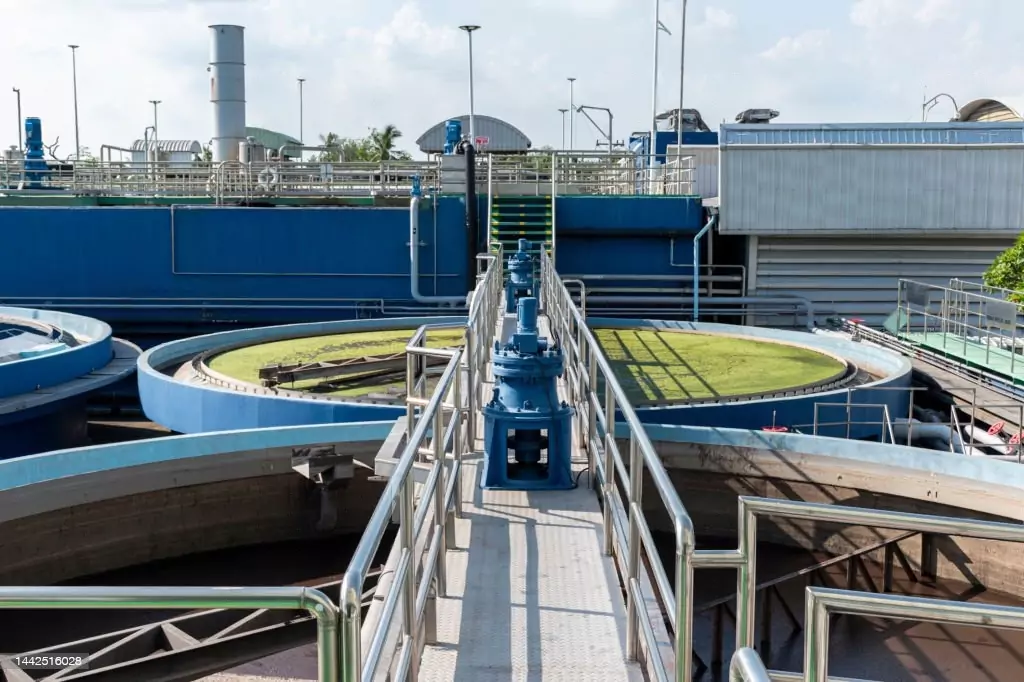
Sewage & Industrial Effluent Disposal
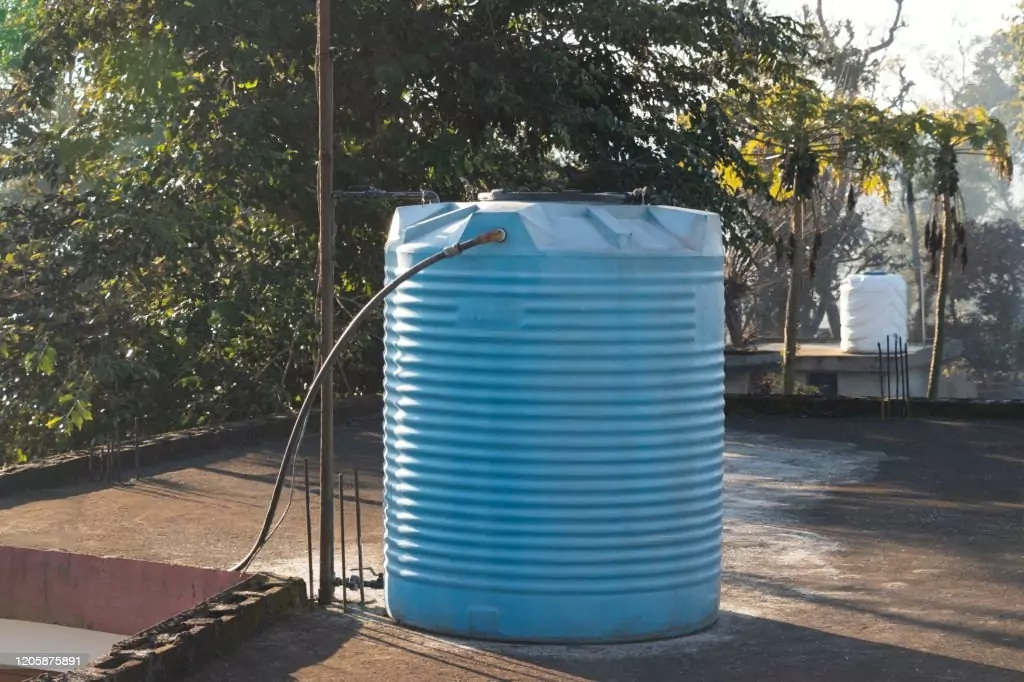
Water Tanks
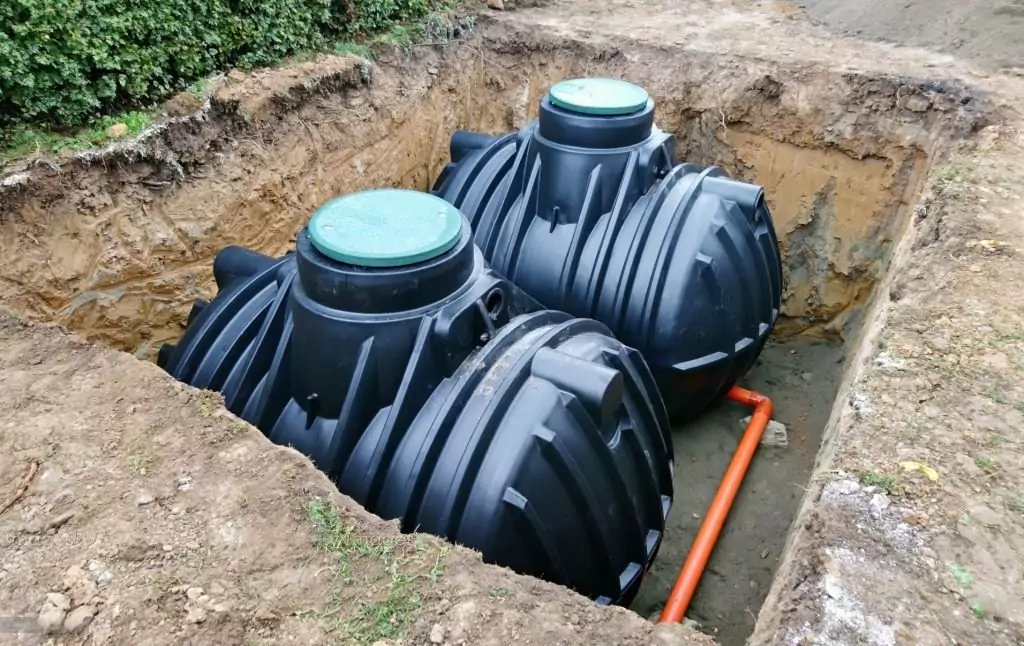
Drainage Pipes
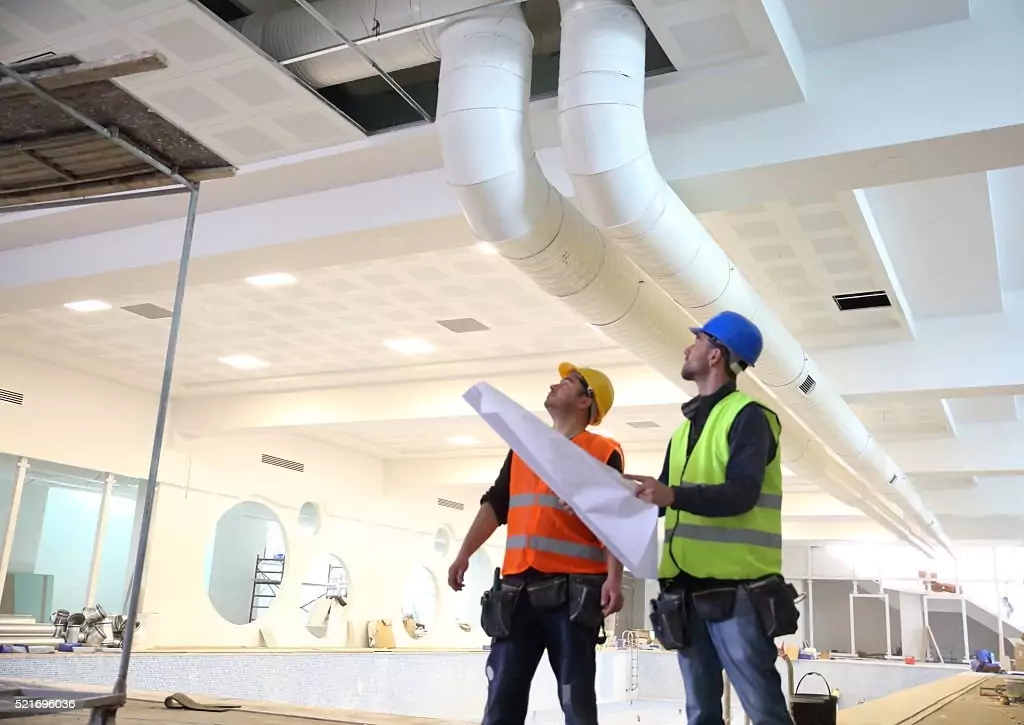
Ducting
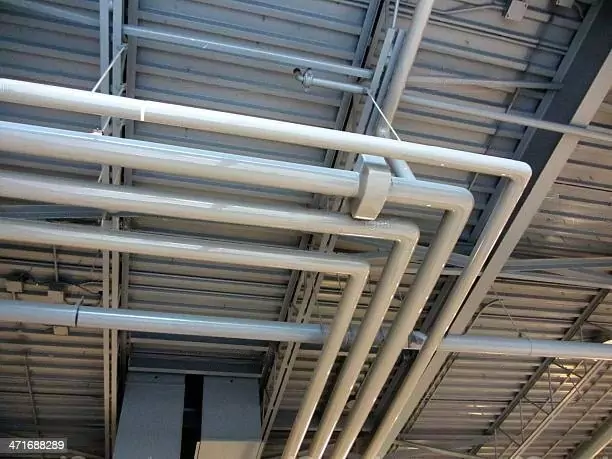
Electrical Installation
-
- Shopping centers
- Manufacturing facilities
- Office structures
- Corporations
The Water Solution for the Rest of Your Life's Finest HDPE Pipe Supplier
Due to our access to the best machinery and tools in the industry, Hindpipe HDPE Pipe Manufacturer is the ideal pipe manufacturer in India.
